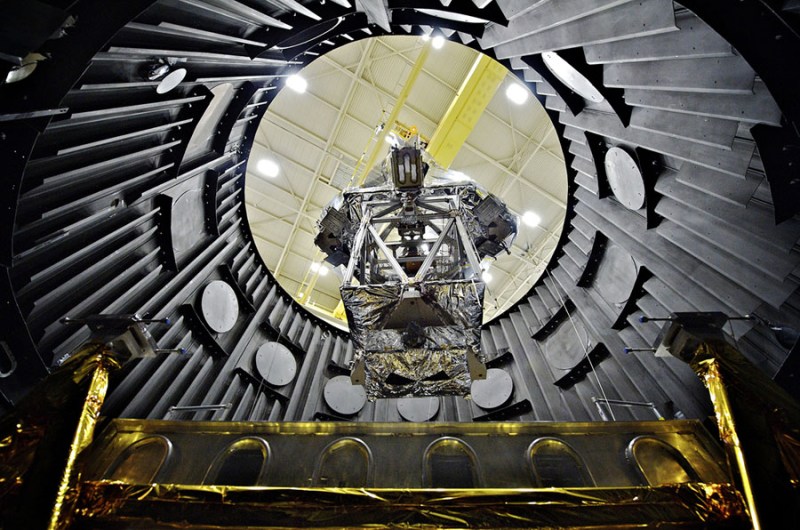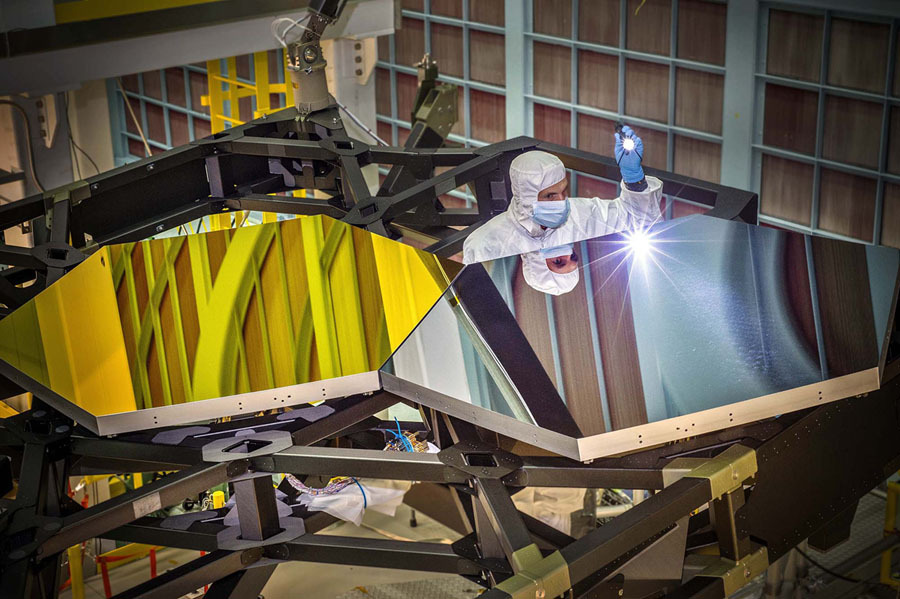Chris Gunn, a NASA photographer, has spent almost a decade photographing the James Webb Space Telescope, the successor to the famed Hubble, which is set to launch a little over a year from now. Gunn has been able to capture the telescope’s transformation from just metal framework into the gleaming science observatory with 18 gold-plated mirrors. NASA has tasked Gunn with capturing nearly every step in the process so that the space agency can have complete records. Some of the photographs will not be disclosed since they feature proprietary technology but others, with approval from project managers, are periodically released to the public. In 2019, the Webb telescope will launch to a location about one million miles from Earth and settle into orbit. Webb will photograph the most distant stars and galaxies in the universe. Gunn says that once the telescope is in space, he really wants “people to want to know what the observatory looked like and how it was built and about the people who built it,” according to The Atlantic.

(NASA Goddard/Chris Gunn)
Thanks for reading InsideHook. Sign up for our daily newsletter and be in the know.


















